- Our Products
- Upper Extremity
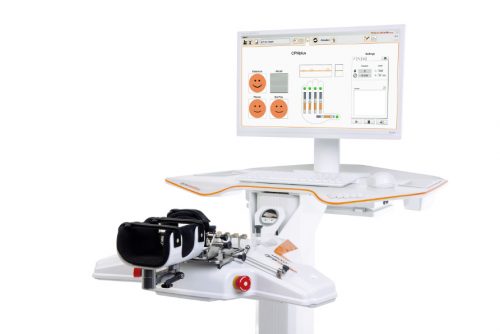 AMADEO The hand therapy world champion
AMADEO The hand therapy world champion
Boredom in finger-hand rehabilitation? Not with AMADEO! Motivation in the course of therapy is just as essential as fingers and hands are for daily life. Regardless of whether it is an adult or child, AMADEO increases therapeutic ambition with sophisticated robotics and a playful approach, and also visualizes the smallest successes in all phases of rehabilitation. Bottom line: AMADEO is simply unique.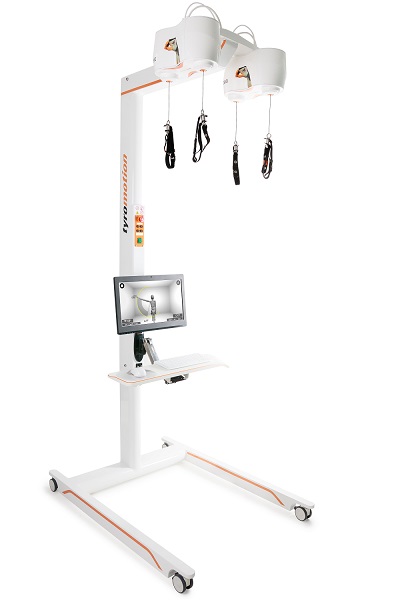 DIEGOBilaterally back to life
DIEGOBilaterally back to life
Finally go fishing again? DIEGO® skilfully assists patients with its unique intelligent weight relief. With its three-dimensional therapeutic area and virtual reality, DIEGO® enables the ideal transfer of what you have learned into everyday life – exactly with the required support. Nothing more and nothing less.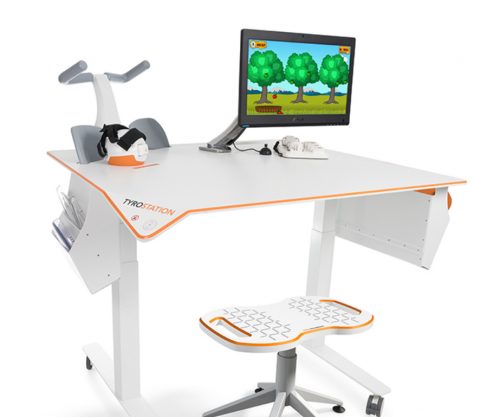 TYROSTATION Endless options, well organized
TYROSTATION Endless options, well organized
Anyone who is as versatile as PABLO® and TYMO® needs structure to really unfold. The Tyrostation is home to all individual components of our two all-rounders and also provides perfect ergonomic adaptability for every patient.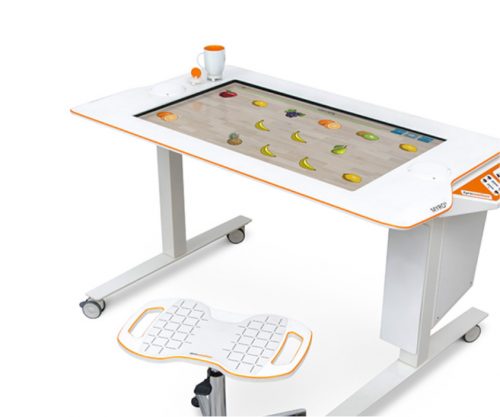 MYRO Full of variety, versatility, innovation and creativity
MYRO Full of variety, versatility, innovation and creativity
Real objects, power control, touch applications and a whole lot of fun: this is what constitutes goal-oriented, intuitive therapy with MYRO. The sensor-based surface is the basis for creative therapy which brings about meaning and self-determination in daily life.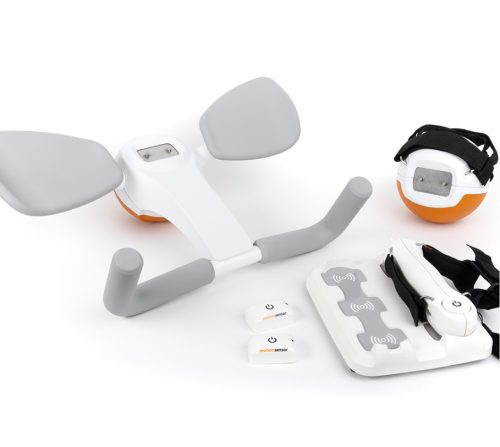 PABLO As versatile as life
PABLO As versatile as life
PABLO® is an all-rounder when it comes to activities of daily living. Position sensors and numerous accessories open up incredibly versatile therapeutic options in a safe environment for patients of all impairment levels.
- Lower Extremity
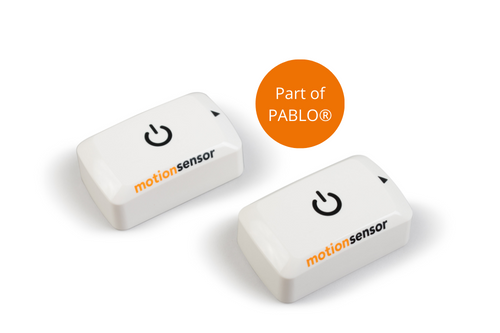 PABLO Lower ExtremityPart of PABLO®
PABLO Lower ExtremityPart of PABLO®
Always know where therapy is going
PABLO® Lower Extremity, our gait analysis and training system, precisely measures the parameters which are required for the selection of the most effective therapeutic measures for gait improvement. Simple and location-independent application as well as size-independent measurement makes the package complete – small device, great effect!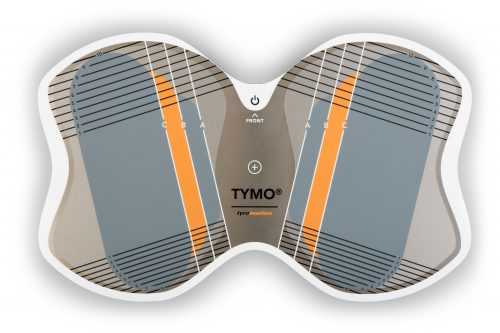 TYMO Balance in perfection
TYMO Balance in perfection
TYMO, a portable posturography system and the world’s thinnest balance platform. Flexible in application, TYMO trains postural control in a sensitive, specific and meaningful manner, and is therefore the basis of all movements. Motivation and fun are included.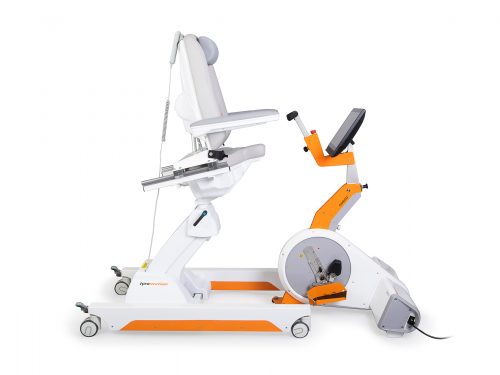 OMEGO Plus Therapy for all phases of gait rehabilitation gone motivational
OMEGO Plus Therapy for all phases of gait rehabilitation gone motivational
Two separate drives mobilize the patient in an effortless, isolated and focussed manner, and therefore make OMEGO® the long-desired stopgap between mobilization and locomotion. What else remains for patient and therapist to do? Train in a motivated manner, have fun and achieve goals.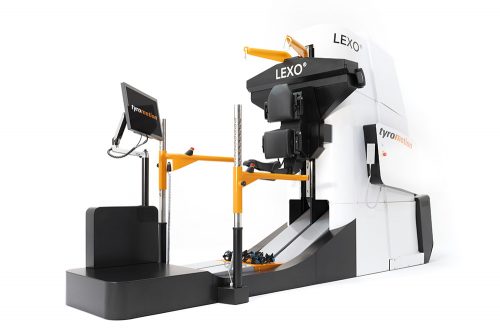 LEXOGait training at its best
LEXOGait training at its best
Maximum number of steps and intensity, low in height, easy handling and fast setup time: Impossible? It works! With LEXO® patients take the first impressive steps back to mobility and enjoy the feeling that things are finally getting better again.
- MTT-Line
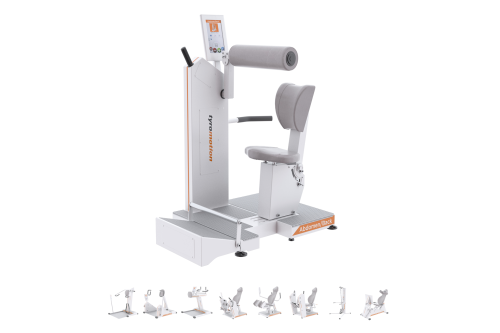 MTT-Line Medical training therapy
MTT-Line Medical training therapy
The barrier-free MTT-LINE specifically strengthens the six major muscle groups of the human body.
- Software
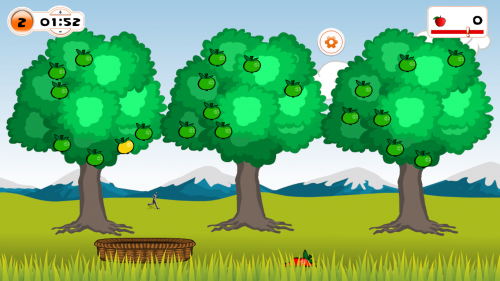 TyroS The heart of our technology
TyroS The heart of our technology
Our TyroS software – developed by and together with therapists – is the heart of our technology that combines devices, know-how and therapeutic games. It is a sophisticated therapeutic system that helps challenge and encourage patients.
- Upper Extremity
Health
Shoulder and hand pain after a stroke: Prevention of pain syndromes
31. January 2022 ● 5 min. Reading time
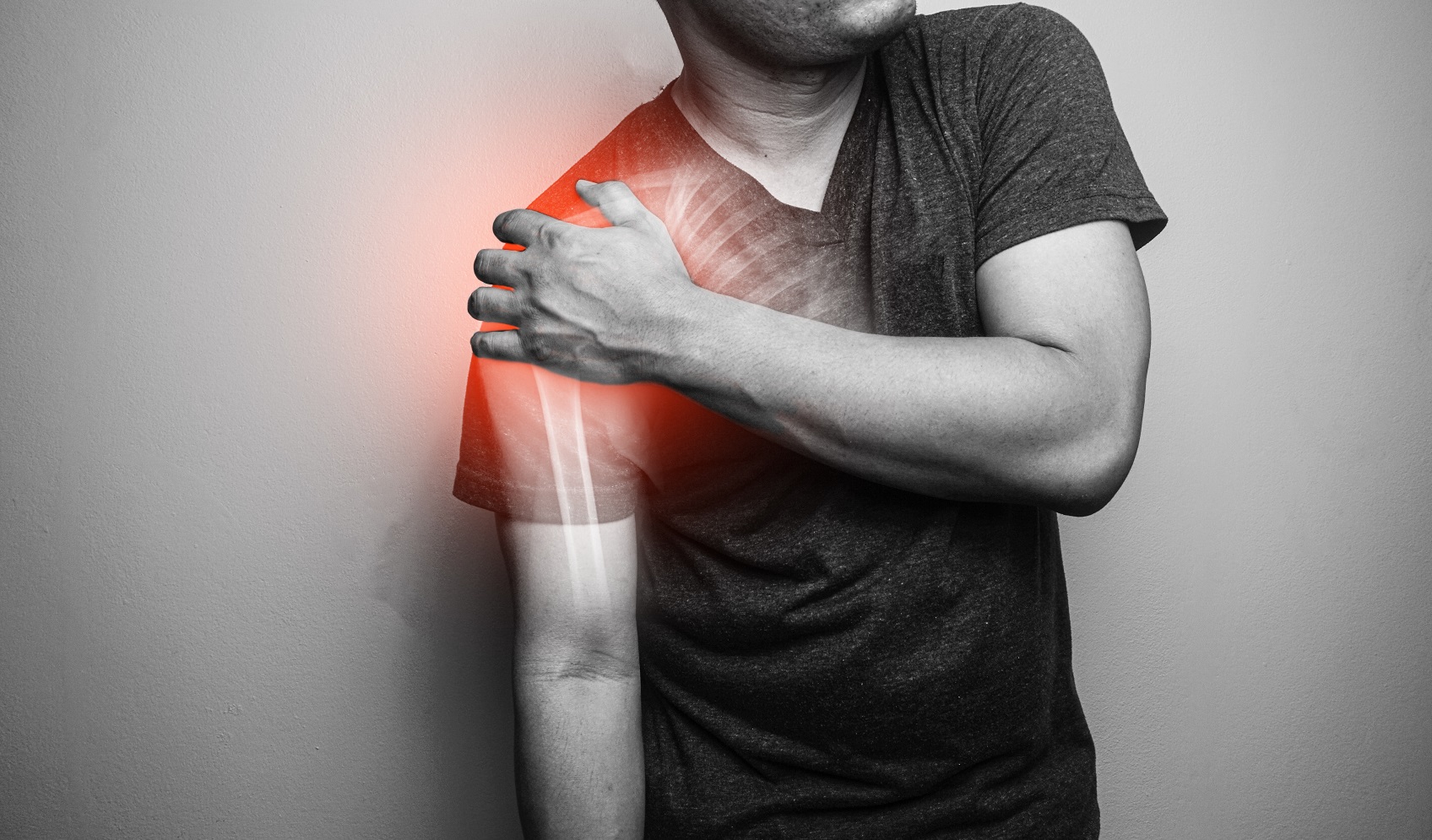
Pain syndromes in the hand or shoulder after a stroke
When pain symptoms begin, for example in the shoulder, the pain is usually localized to one area of the shoulder joint. If not addressed in a timely manner, it can become a severe, generalized pain.
The paralyzed hand is particularly at risk of developing permanent limitations in mobility due to pain symptoms. Here, the typical signs of inflammation such as swelling, redness and heat are initially evident. To prevent pain, the hand is moved even less and the limitation in mobility increases. A vicious cycle begins.
If pain is already occurring in the wrist or shoulder, affected patients should consult medical advice. Medications can help to disrupt the pain process.
How to prevent pain in the hand and shoulder after stroke
To prevent pain symptoms, correct positioning of the arm or hand affected by paralysis should be started as early as possible.
The correct positioning in the wheelchair:
- Even for short distances, use a wheelchair table or arm support upon which the affected arm or hand can be rested.
- Provide a soft support surface (e.g. a towel).
- Place the affected hand palm down on the table.
- Some individuals find that a rolled-up towel or soft stuffed animal in the affected hand to be comfortable. If the fist involuntarily closes tightly around the fabric, it might be better to choose another object or talk to your therapist about suitable support materials, like splints.
- Make sure to sit up straight. This ensures a physiological joint position in the shoulder joint.
- The affected hand should be positioned in the patient’s field of vision.
If you are a wheelchair user, avoid long periods of poor sitting posture as best as possible. Be cognizant of positions that put your shoulder at risk of becoming painful.
The correct positioning while lying:
Even when lying down, care must be taken to ensure that neither the hand nor arm is trapped.
- Stretch the arm at a 90-degree angle at the side of the body.
- The wrist should be elevated to approximately the same level as the heart to prevent blockages in the arm and ensure lymphatic return.
- A pad under the arm can be helpful.

Splints and orthoses after stroke
Splints are particularly important in the early stages after a stroke. On the one hand, they enable safe positioning of the affected hand, and on the other, they can protect the wrist during active movements. Occupational therapists and orthopaedic technicians can make splints which are individually tailored to the patient’s needs.
Orthopedic specialty markets also offer ready-made splints in various sizes.
Exercises to prevent pain after stroke
Active or passive movement is an important factor in preventing pain in the upper limbs after a stroke. In occupational therapy or physical therapy, therapists assist patients with specific movements. In addition, the affected arm or hand should be moved carefully outside of therapy time.
Patients can try to move the affected hand themselves with their healthy hand:
- Move the fingers of your healthy hand and observe what movements the fingers can make.
- Hold the affected fingers in the healthy hand and try to guide them through the observed movements carefully and slowly.
- Move the fingers individually and then several together.
- Movements must only ever be made in the pain-free range of motion.
As soon as you can move the fingers of your affected hand yourself, try to actively perform movements in the pain-free range several times a day.
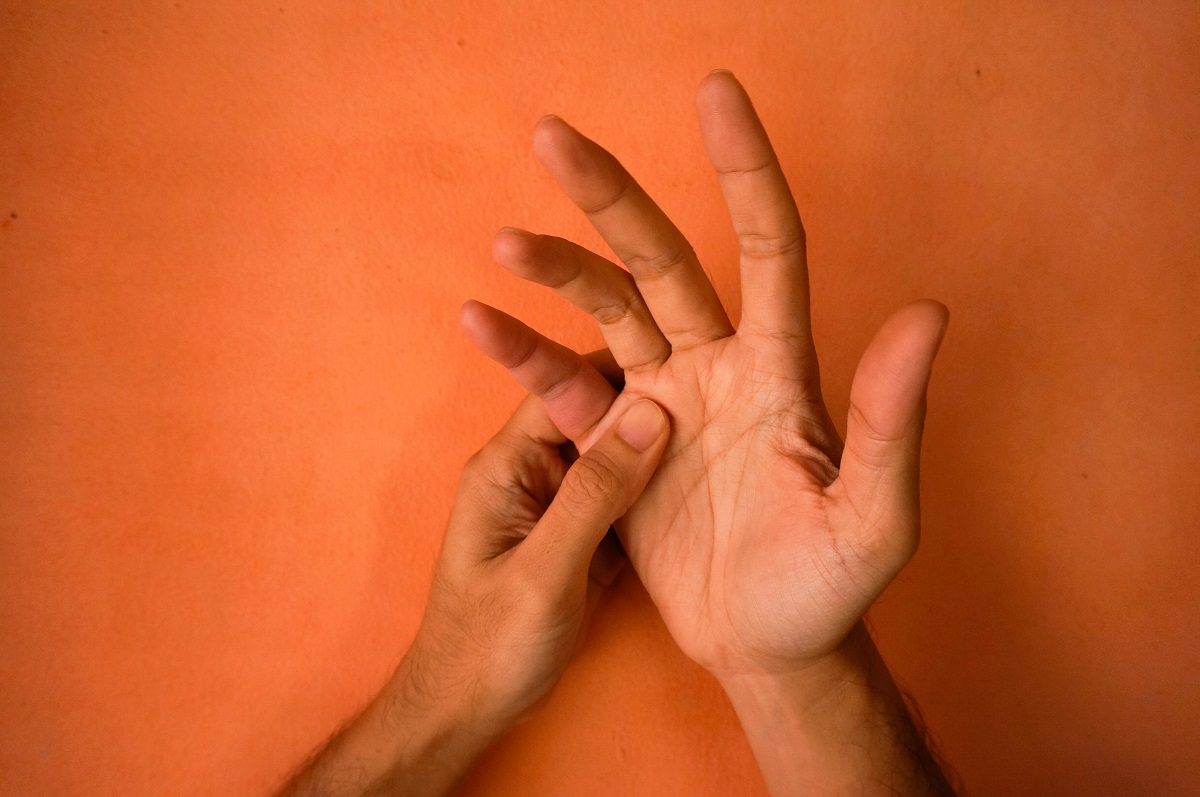
Even if the paralyzed hand is still weak and can’t grasp yet, regular active movements help to strengthen the muscle, improve coordination, and increase sensitivity. This prevents pain syndromes.
If a patient is unable to develop strength in his/her own fingers, therapists can train the caregiver to move his/her hand passively.
Particular care in the event of neglect
Preventive measures are more difficult when patients suffer from “neglect” as a result of a stroke. Patients with neglect ignore the affected half of the body or one half of the room. This increases the risk of injury.
If, for example, the patient sits on the neglected handtrapping it, the patient may perceive pain, but may not localize it or react to it. The hand can remain trapped for hours. This can lead to inflammation with severe swelling.
These patients in particular are dependent on support from relatives, caregivers, and therapists. Care must be taken to ensure that the positioning is closely monitored.
Neuropathic pain
Neuropathic pain is a nerve pain that occurs even without visible reason. The cause of this pain is associated with damage to the nerve tissue in certain parts of the brain or spinal cord. This pain is often described by patients as burning, stabbing, and shooting, but can also present as dull and pressing. It is usually excruciating pain.
If a diagnosis of neuropathic pain is made, medication is started early. Successful treatment requires interdisciplinary cooperation between doctors, therapists, and psychologists.
Injury-related pain in the upper limb after a stroke is not inevitable. Stroke patients, caregivers, and therapists should be particularly careful with the affected arm or hand in the initial period following the stroke.
Auhtor: Hannes Aftenberger
Sources:
Diagnostik und Therapie komplexer regionaler Schmerzsyndrome (CRPS) (2018)
Kumar, P. (2019). Hemiplegic shoulder pain in people with stroke: Present and the future. Pain Management, 9(2), 107–110. https://doi.org/10.2217/pmt-2018-0075
You might also be interested in
4. April 2023
Health
Rehabilitation
Stroke nutrition guidelines for optimal health
Nutrition as the key part in health and well-being of stroke survivors A healthy, balanced …
21. March 2023
Rehabilitation
Kinesio taping in neurology as a useful therapy supplement
The Kinesio tape and its usefulness in neurological therapy What was originally known only from …
7. March 2023
Rehabilitation
Exercises against freezing of gait in Parkinson’s disease
When the legs freeze – how does the symptom “Freezing of Gait” manifest itself? Parkinson’s …








